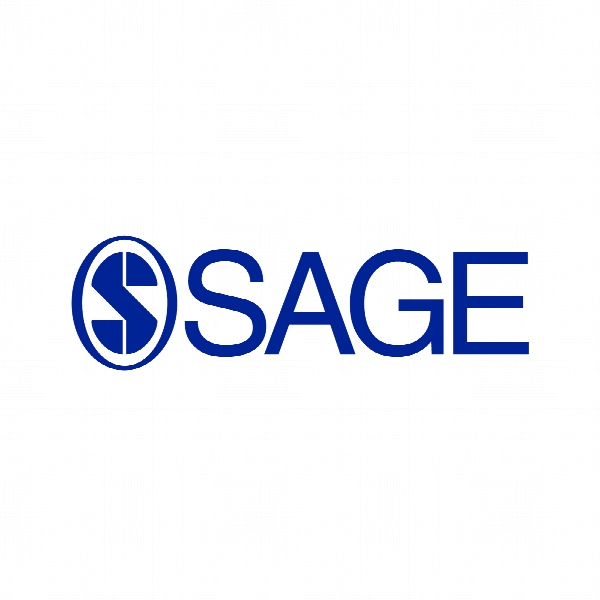نتایج عملکرد منابع کمکی سرمایه گذاری در مسئولیت اجتماعی شرکتی Performance Outcomes of Investing Slack Resources in Corporate Social Responsibility
- نوع فایل : کتاب
- زبان : انگلیسی
- ناشر : SAGE
- چاپ و سال / کشور: 2018
توضیحات
رشته های مرتبط مدیریت
گرایش های مرتبط مدیریت مالی، مدیریت کسب و کار
مجله رهبری و مطالعات سازمانی – Journal of Leadership & Organizational Studies
دانشگاه University of Northern Iowa – Cedar Falls – IA – USA
شناسه دیجیتال – doi https://doi.org/10.1177/1548051818762336
منتشر شده در نشریه Sage
کلمات کلیدی انگلیسی corporate social responsibility, slack resources, organization performance, stakeholder theory
گرایش های مرتبط مدیریت مالی، مدیریت کسب و کار
مجله رهبری و مطالعات سازمانی – Journal of Leadership & Organizational Studies
دانشگاه University of Northern Iowa – Cedar Falls – IA – USA
شناسه دیجیتال – doi https://doi.org/10.1177/1548051818762336
منتشر شده در نشریه Sage
کلمات کلیدی انگلیسی corporate social responsibility, slack resources, organization performance, stakeholder theory
Description
Development of Theoretical Model In the following paragraphs, we survey the literature examining relationships among slack resources, CSR, and firm performance, as well as mechanisms that explain variation among them. We first examine the relationship between slack resources and firm performance and then consider how investment in CSR may alter that relationship. Finally, we consider mechanisms that may account for proposed effects. Figure 1 illustrates the configuration of our model, consistent with foregoing explanations. Slack Resources and Firm Performance Slack resources should not exist, according to economic theory. According to the classical narrative, there should be no legitimate reason for a firm to hold resources beyond the minimum required to fund currently approved projects (Cyert & March, 1963). To do so would constitute an inefficient use of funds, diluting shareholder returns, and may even promote fraud (Jensen, 1986). Yet organizations can and do accumulate such excess resources, perhaps increasingly, and doing so may have legitimate, value-enhancing functions. [Slack resources are a] cushion of actual or potential resources which allows an organization to adapt successfully to internal pressures for adjustment or to external pressures for change in policy, as well as to initiate changes in strategy with respect to the external environment. (Bourgeois, 1981, p. 30) Bourgeois imagined a firm as a bicycle, suggesting that the novice attempting to operate a bicycle without slack in the chain would soon discover his error, as the chain would break the moment it came under strain. He supposed that slack resources may function in numerous constructive ways to buffer an organization from environmental uncertainty. Among the functions he acknowledged for slack resources, rooted in his definition, were the following: as inducements for conflict resolution among organizational stakeholders, as buffer against uncertainty resulting from significant environmental shifts, and as means to experiment with new strategic positions and organization forms. Thus, these can be viewed as potential sources of friction, which classical economic theory does not anticipate but which organization participants may ignore to their peril. Scholarly inquiry suggests that organizational participants have indeed developed routines for adjusting to these sources of friction, and that accumulation of slack resources has been integral to those adjustments. A meta-analysis discovered that both financial (available) and organizational (absorbed) forms of slack resources exhibited a strong, positive relationship with financial performance, especially when measured as accounting returns (Daniel, Lohrke, Fornaciari, & Turner, 2004). There may be limits, however, to conditions under which accumulation of slack is valueenhancing. For example, an organization’s age may positively moderate performance outcomes of unabsorbed, financial forms of slack, at least among privately held firms (George, 2005). Moreover, demonstrating the means by which managers liquidate absorbed, organizational slack, the downsizing movement of the 1990s improved firm performance when associated with broader strategic retrenchment (Love & Nohria, 2005). Thus, under some conditions, accumulation of slack resources seems an adaptive organization routine, evolved through managerial experience, which can preserve and enhance a firm’s capacity for value creation.


